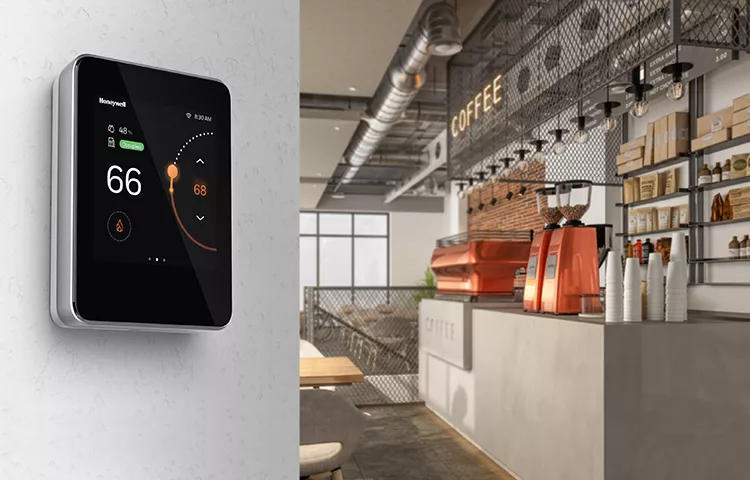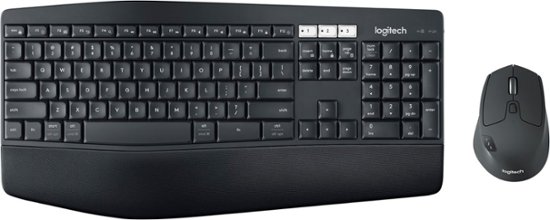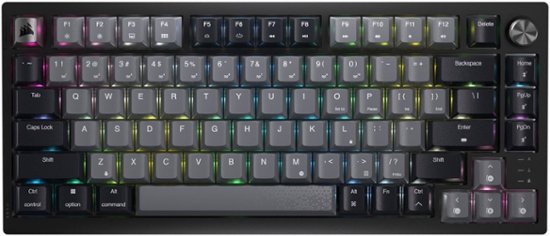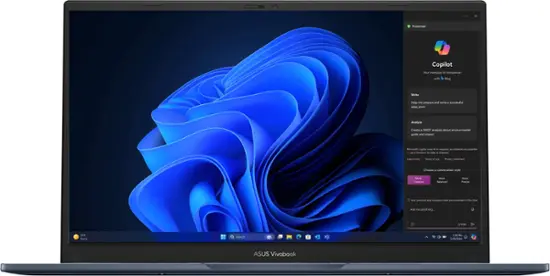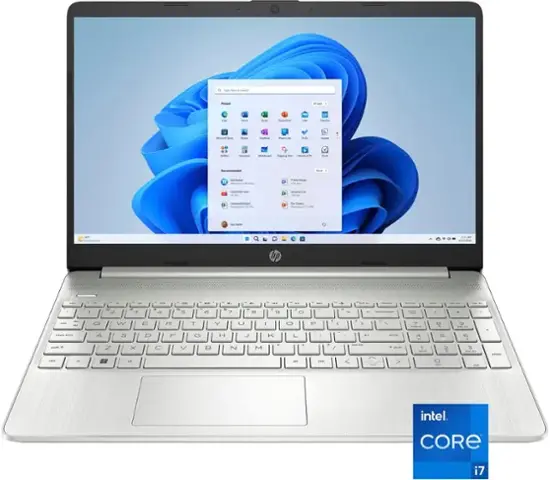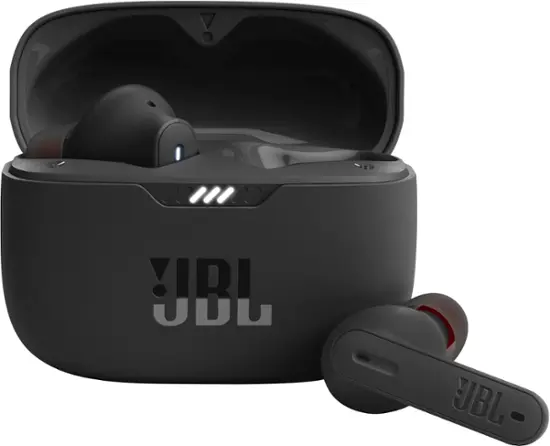Choosing Smart Home Products for Energy Efficiency: How Much Did I Spend Last Month?
Energy efficiency has become a priority for homeowners worldwide. With rising utility costs and growing environmental concerns, adopting smart home products designed to reduce energy consumption is a practical solution. Not only can these devices help you monitor and optimize energy usage, but they can also answer the burning question, “How much did I spend last month?”
This guide dives into the benefits of energy-efficient smart home products, what to look for, and how they can revolutionize your home’s energy management.
Why Choose Smart Home Products for Energy Efficiency?
Smart home products offer a range of benefits that traditional appliances and systems simply cannot match. Here’s why they’re worth considering:
- Cost Savings: Reduce energy bills by optimizing the operation of appliances, lights, and HVAC systems.
- Real-Time Monitoring: Track your energy consumption and make informed decisions.
- Automation: Schedule devices to operate only when needed, minimizing waste.
- Environmental Impact: Decrease your carbon footprint by using energy-efficient technologies.
- Convenience: Manage your devices remotely through a smartphone or voice assistant.
Key Features to Look for in Energy-Efficient Smart Home Products
1. Energy Monitoring
- Look for devices that track energy usage in real-time and provide detailed reports.
2. Scheduling and Automation
- Ensure the product supports schedules or can adapt to your routines.
3. Integration
- Opt for devices compatible with your existing smart home ecosystem, like Amazon Alexa, Google Assistant, or Apple HomeKit.
4. Low Standby Power
- Choose devices designed to consume minimal energy in standby mode.
5. Energy Star Certification
- Prioritize products certified for energy efficiency.
Top Smart Home Products for Energy Efficiency
1. Smart Thermostats
Smart thermostats can significantly lower your heating and cooling bills by learning your habits and adjusting temperatures automatically.
- Recommended Products:
- Google Nest Thermostat: Offers energy-saving tips and remote control via an app.
- ecobee SmartThermostat: Comes with room sensors to ensure even heating and cooling.
- Honeywell Home T9: Allows for zone-specific temperature control.
2. Smart Plugs
Smart plugs help you control and monitor the energy usage of individual appliances.
- Recommended Products:
- TP-Link Kasa Smart Plug: Provides energy monitoring and scheduling.
- Wemo Insight Smart Plug: Tracks energy consumption in real-time.
- Amazon Smart Plug: Ideal for Alexa users.
3. Smart Lighting
Smart LED bulbs and lighting systems offer energy savings while adding convenience and ambiance to your home.
- Recommended Products:
- Philips Hue Smart Bulbs: Fully customizable and energy-efficient.
- LIFX Smart Bulbs: No hub required and great for vibrant lighting.
- Wyze Bulb: Affordable with excellent scheduling features.
4. Energy Monitoring Devices
Dedicated energy monitors provide a comprehensive view of your home’s energy usage, breaking it down by appliance.
- Recommended Products:
- Sense Energy Monitor: Tracks real-time usage and identifies energy-hogging devices.
- Emporia Vue: Affordable and provides detailed reports.
- Eyedro Home Energy Monitor: Simple installation with reliable analytics.
5. Smart Power Strips
Smart power strips eliminate phantom energy usage by cutting off power to devices in standby mode.
- Recommended Products:
- APC Smart Plug Power Strip: Offers surge protection and remote control.
- Kasa Smart Power Strip: Multiple outlets with individual control.
How to Analyze Your Monthly Energy Spending
1. Use an Energy Monitoring App
Many smart home products sync with apps that provide detailed breakdowns of your energy consumption.
- Examples:
- Google Home for Nest devices.
- Kasa Smart app for TP-Link products.
- Sense App for energy monitors.
2. Check Utility Company Integrations
Some devices integrate with your utility company, offering insights into your energy usage and tips for reducing consumption.
3. Review Historical Data
Most smart devices store usage history, allowing you to compare monthly and seasonal trends.
Best Practices for Maximizing Energy Efficiency
- Create Smart Schedules: Automate your devices to operate only during necessary hours.
- Enable Eco-Modes: Use energy-saving modes on thermostats, appliances, and lights.
- Focus on High-Usage Areas: Target energy-intensive systems like HVAC and kitchen appliances.
- Group Devices: Use smart hubs to manage multiple devices efficiently.
- Regular Maintenance: Ensure devices and appliances are in good condition to maintain efficiency.
Conclusion
Smart home products designed for energy efficiency not only help you save money but also provide valuable insights into your energy consumption. By leveraging these technologies, you can take control of your household’s energy usage, reduce waste, and contribute to a more sustainable future.
With tools like smart thermostats, plugs, and energy monitors, you’ll never have to wonder how much you spent last month again. The answer will always be just a few taps away.

